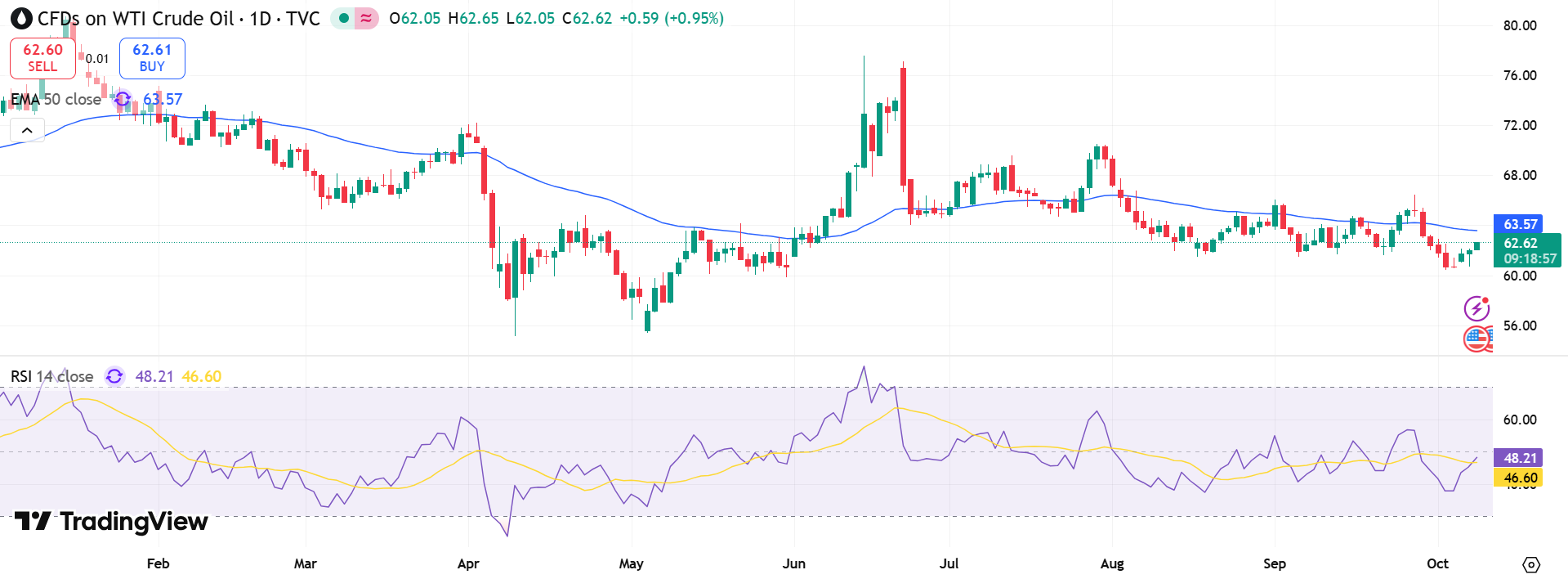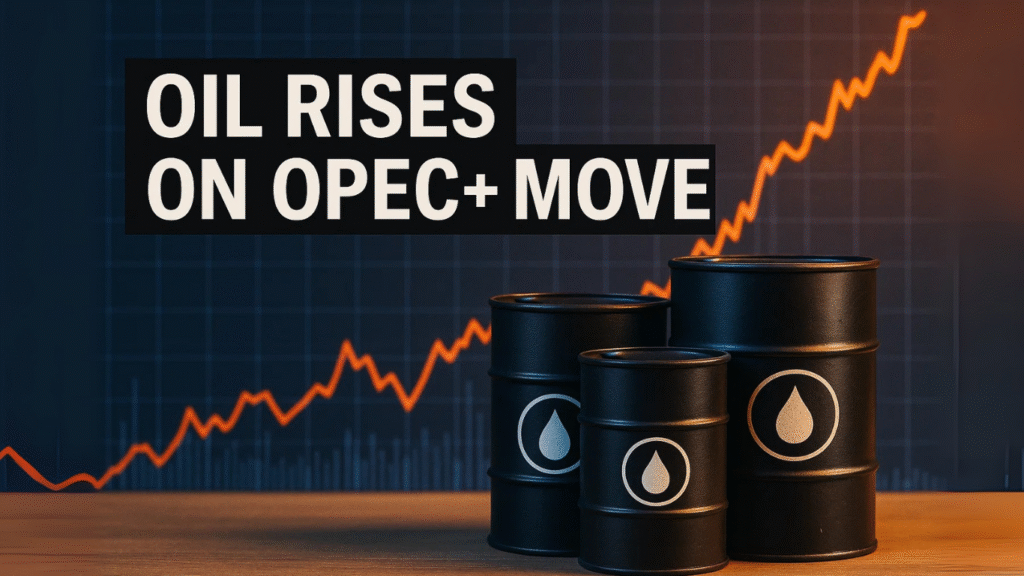Oil prices edged higher on Wednesday as traders took comfort in OPEC+’s decision to limit next month’s production increase, easing worries about a looming global supply glut. The move helped offset earlier market jitters following signs of rising inventories in the United States.
By 04:00 GMT, Brent crude gained 0.7% to $65.93 a barrel, while U.S. West Texas Intermediate (WTI) rose 0.8% to $62.24. Both benchmarks had traded flat in the prior session amid uncertainty over how fast global supply might expand.
“The market is in price limbo—one side fears oversupply, while the other believes production growth will remain modest,” said Emril Jamil, senior analyst at LSEG Oil Research. He added that speculative long positions, driven by expectations of sustained Russian export restrictions, were lending additional support.
OPEC+’s output increase of 137,000 barrels per day, the smallest among its proposed options, reassured markets that the alliance remains cautious about flooding the market.
Traders Eye U.S. Data as Prices Stabilize
Analysts at ANZ Bank said investors would likely continue to discount the impact of production hikes unless there are clear signs of softening demand or swelling inventories.
“Until physical markets show rising stockpiles, traders will assume OPEC+ remains in control of supply,” ANZ noted. However, the bank also warned that price gains could remain capped as Russian crude exports continue to hold near 16-month highs, easing fears of major supply disruptions.
Market participants now await fresh U.S. inventory data for further clues on demand trends. The American Petroleum Institute (API) reported late Tuesday that U.S. crude stocks rose by 2.78 million barrels for the week ending October 3, while gasoline and distillate inventories declined, suggesting uneven demand recovery across sectors.
U.S. Output Outlook Adds Complexity
Adding another layer to the outlook, the U.S. Energy Information Administration (EIA) projected that domestic oil production is on track to hit a new record in 2025, surpassing earlier expectations.

This reinforces the global supply narrative but underscores the delicate balance OPEC+ must maintain to keep prices stable.
Key takeaways for investors:
- OPEC+’s cautious approach supports short-term prices.
- U.S. output strength could offset global production restraint.
- Russian shipments remain steady, easing disruption risks.
With the balance between supply caution and record production, the oil market enters a period of uncertainty—one defined less by shocks and more by strategic restraint. For now, traders appear confident that OPEC+’s discipline will keep prices buoyant heading into year-end.


